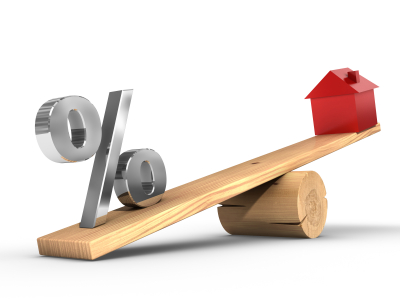 So, you’ve taken the plunge from renting into homeownership, but from working with a Realtor® and navigating the MLS listings to finding the right place to purchase a property, terminology gets tossed around – and for a good deal of it, borrowers aren’t entirely familiar with meanings, implications, and ramifications.
So, you’ve taken the plunge from renting into homeownership, but from working with a Realtor® and navigating the MLS listings to finding the right place to purchase a property, terminology gets tossed around – and for a good deal of it, borrowers aren’t entirely familiar with meanings, implications, and ramifications.
A crucial aspect, however, is understanding what conforming and nonconforming mortgages are, as there’s a good chance a representative at McCue will present you with a variety of both types. So, what should you keep in mind?
Guidelines
Conforming, essentially, means the loan follows Government Sponsored Enterprise (GSE) guidelines, which Fannie Mae and Freddie Mac implements. These stricter requirements apply to the debt-to-income ratio, the documents a borrower needs to present, and changes to the median home price.
When a mortgage does not meet Fannie Mae and Freddie Mac’s purchasing guidelines, however, it’s considered nonconforming.
Financial Aspects
Overall, conforming mortgages tend to have greater liquidity, and because of the loan crisis in the late 2000s, nonconforming earned a negative reputation. These days, lenders avoid subprime loans, while jumbo mortgages – those going above the conforming loan limit – have made a comeback through lower interest rates.
Nevertheless, another financial aspect sets nonconforming mortgages apart: The loans stay in the lender’s portfolio and get securitized. Mortgage points, as a result, end up being .25 or .5 higher than those for conforming loans.
Risks
Even with the better reputation and stricter lending requirements these days, nonconforming loans still pose a greater risk. Along with this aspect, interest tends to be lower for conforming programs, although the rates in recent months have gotten fairly close to each other. As the loans are easily bought and sold on the secondary mortgage market, the risks for investors tend to be less.
Refinancing may mitigate some of the risks associated with nonconforming loans. If a borrower has paid down the loan to the point it falls under the conforming loan limit and has built equity in the process, he or she can refinance down to a conforming mortgage with a better rate.

 NMLS: 2576 | CT LICENSE: 1101 | MA LICENSE: LS2576
NMLS: 2576 | CT LICENSE: 1101 | MA LICENSE: LS2576